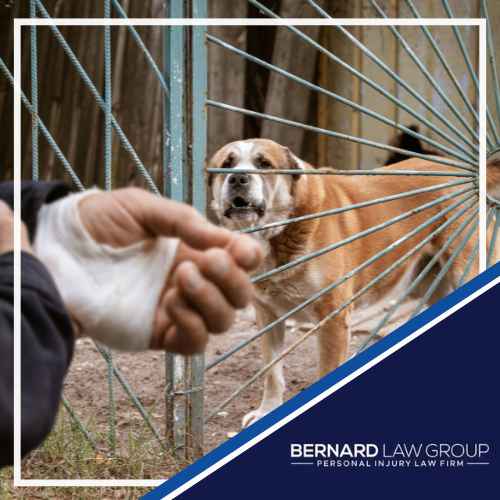After a Virginia Tech professor learned the hard way that poison ivy can look like different plants, he decided to alert the world about it. His decision may help save Washingtonians some trips to the hospital this summer.
After an encounter with the plant in 2012, he started calling poison ivy the “familiar stranger.” That’s because the plant is able to adapt incredibly well. It is also perfectly capable of taking on different shapes.
As safety advocates, we want you and your family to be safe from experiencing rashes or other health issues related to the plant. As such, we went over some of the scientist’s tips. In the hopes of putting together a helpful summer safety guide.
Is It Poison Ivy? The Plant Can Take Many Shapes
Researchers say that poison ivy is more prevalent in “landscapes modified by humans,” and not as much out in the woods. Still, there are plenty of opportunities for them to grow. And an innocent child, teen, or even adult may end up handling them or brushing against them without even knowing.
Because the poisonous plant can look like other plants, you should watch out. Sometimes, they take over dead trees. And other times, they look like innocent climbing vines.
They also take on different shapes.
In the video below, you will be able to learn more by seeing the different types of shapes poison ivy can take.
https://www.youtube.com/watch?v=YbGo3fyBh2A
If You Touched The Plant, Wash The Area With Soap And Water
Oftentimes, an outbreak can be prevented if the person who was exposed is able to wash the location thoroughly with water and soap. Doing so within a few hours will boost your chances of keeping major rashes away.
If you’re not sure that what you touched was a poison ivy, there’s a way to find out.
With gloved hands, get a leaf and tear it in half. Then let the sap drip on a piece of paper. Within 30 minutes, the oil will turn black if it’s poison ivy.
After You’re Exposed, Keep An Eye Out For These Symptoms
Even after washing the area thoroughly, you might still end up experiencing symptoms. So in the days following the contact, keep an eye for streaky, red rashes. It could take a week or days to develop.
Because people who have been exposed before grow more sensitive, the rashes can be more violent.
If You Get Rashes, Do Not Panic
If you were exposed to poison ivy and you develop rashes, use soothing anti-itch or corticosteroid cream. Do not panic, and do not scratch the affected area.Cold compresses or taking a bath with oatmeal can also help.
Go to a doctor if the rashes gets worse or if itching is out of control.
You should also rush to the doctor if the plant came in contact with sensitive areas of your body.
What To Do If Your Pet Came In Contact With Poison Ivy
Researchers say that dogs don’t have the same reaction that humans do.
While that’s a plus to your best friends, it could mean that their fur will carry the oil. As a result, humans who handle or pet the animal may be unknowingly exposed to poison ivy.
If you are ever in doubt about a rash or other similar reaction, visit a doctor. Ignoring reactions that could turn out to be serious can put your health in jeopardy.
For more on what you should do if exposed to poison ivy, follow this link.



